
Why out-of-home advertising is essential to inclusive marketing
Kinetic explores the impact of inclusive messaging and how this differs on public vs. private media
Brands and businesses are increasingly reevaluating what it means to be truly inclusive. We believe that because out-of-home advertising (OOH) is public, ubiquitous and delivers universal reach, it presents an untapped opportunity for brands that have inclusivity as part of their communications and audience strategy.
In partnership with Clear Channel, Global and JCDecaux, along with the help of DECA Diversity Media Consultancy, we commissioned a piece of research to establish the impact of inclusive messaging and how this differs on public media (OOH specifically) vs. private media (in this case, social). The study spoke to 2,613 people to test and compare the impact of traditional ‘business as usual’ creative vs creative that is inclusive and representative. The study also tested the effect when shown on OOH compared to social channels.
Key findings included:
Where you say something matters for younger audiences
Younger and city-living audiences are very supportive of an inclusive and diverse society. Almost half of 18-34s strongly support inclusive movements, including Pride and the LGBT+ community (45%), Black Lives Matter (46%) and the #MeToo movement (42%). They are also a more diverse population. Our analysis shows when someone is personally affected by one inclusive movement, they are more empathetic towards the principal of inclusivity and diversity.
When 18-34s saw our inclusive message on an OOH site, around a third strongly agreed that the brand advertised was inclusive, authentic, of high quality, trustworthy, had longevity, was market leading and distinctive. Only a quarter felt the same way when shown the same creative on social media.
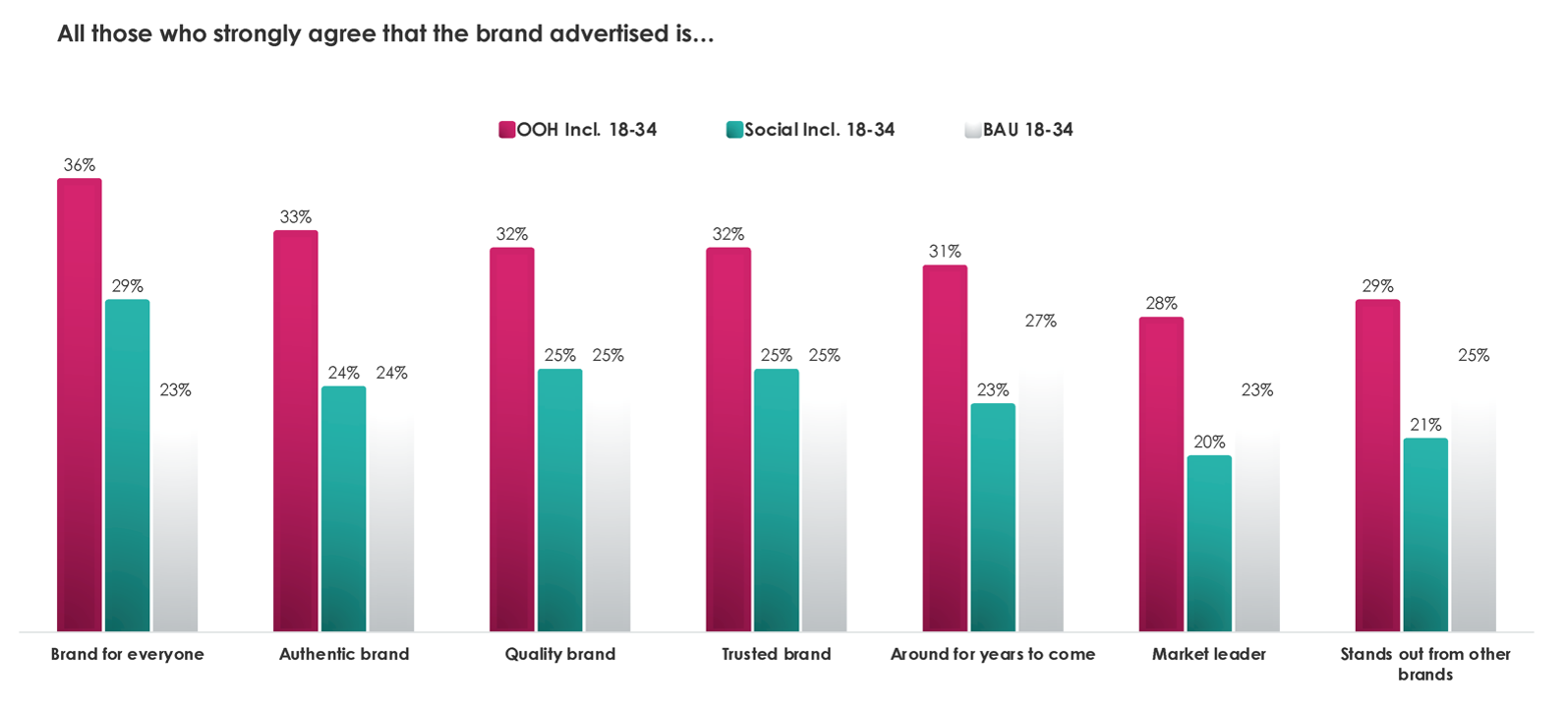
What you say matters more for a 35+ audience
Older audiences are apathetic, rather than anti, inclusive issues. For an over 35 audience, showing the inclusive creative on a public or private medium didn’t make a significant difference to brand metric scores. Where we did see a statistically significant difference was between the ‘business as usual’ creative and the inclusive creative. What you say, rather than where you say it, matters more for this audience.
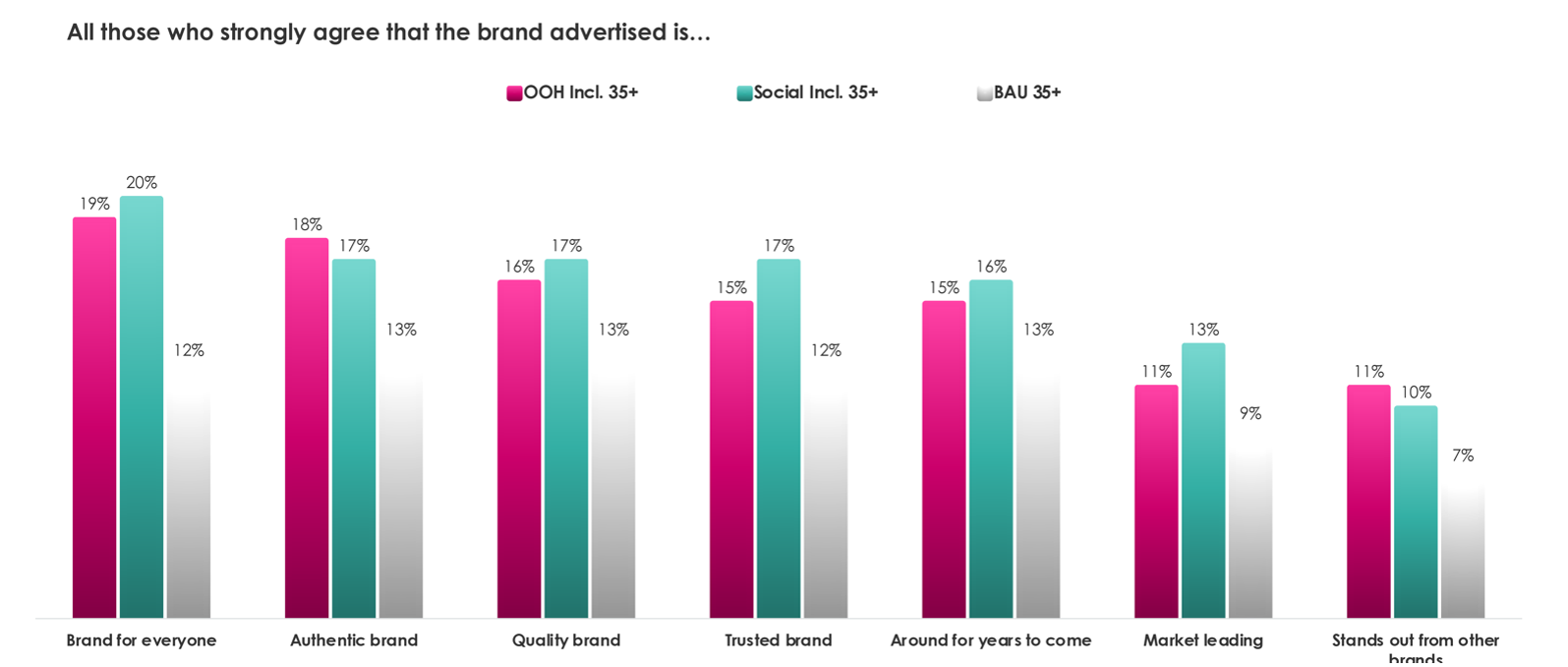
Inclusive messaging drives purchase intent for all age groups
The research shows that an inclusive ad viewed in the public domain drove a 22% lift in purchase intent for 18-34s, whether the person experiencing the ad was personally represented in the creative execution or not.
For the 35+ group, inclusive messaging does have a positive impact on brand metrics and purchase intent, just not as strongly.
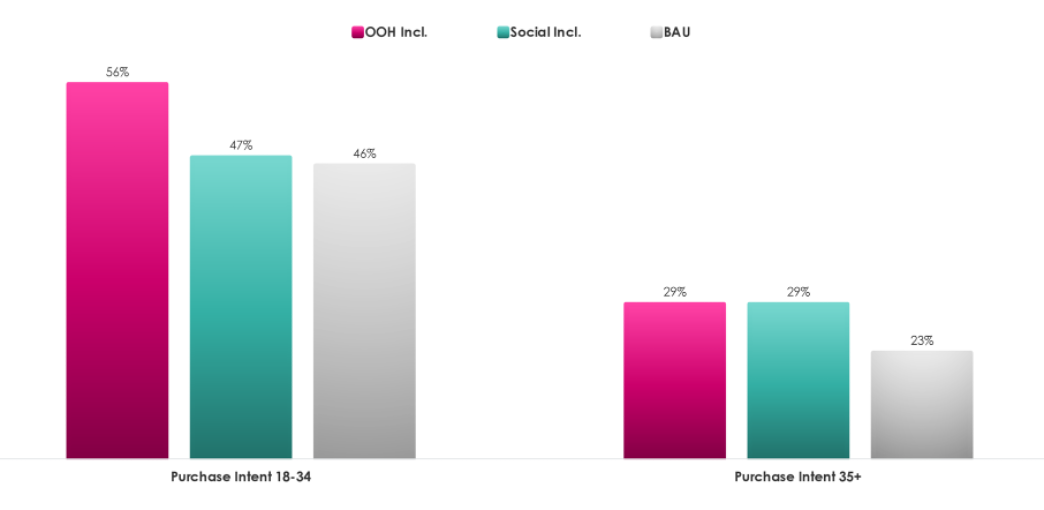
Where we see stark increases in purchase intent is between city-living audiences and those who live in more rural areas. Placing inclusive OOH messaging in large towns and cities has a huge impact on purchase intent. Not only are you reaching the people who are passionate about issues, they appreciate the public nature of the message.
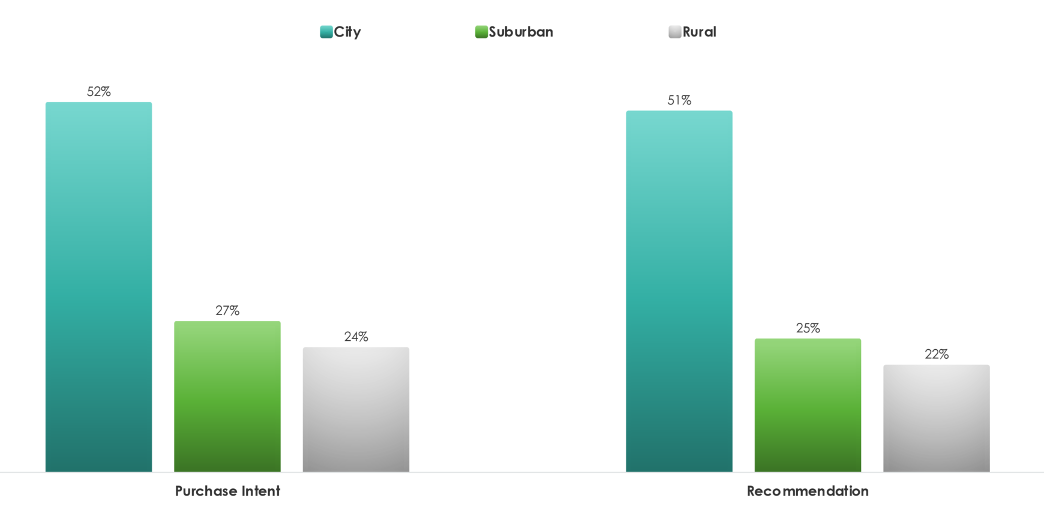
What does this mean for real-world planning?
- Audience planning should look at attitudes as well as demographics. It’s not just about how audiences self-identify on the outside, but how they feel on the inside
- Data plays a key role, and we can help you understand how this relates to your OOH plans
- Brands need to be brave enough to share inclusive messaging publicly. Yes, public messaging has more impact on younger audiences, but what you say to older and more rural audiences matters too. These marketing messages need to be built on insight to drive empathy
- Our research demonstrates there are huge upsides to purpose-driven, public marketing. Inclusive messaging works on more than the audience being targeted; it also has an effect on wider audiences who are passionate about an inclusive and diverse society
published on
03 August 2021
Category
More in Communications

Rebranding cancer: how brands heal and hurt
Along with consumer brands, the ‘brand’ of condition or event influences us.
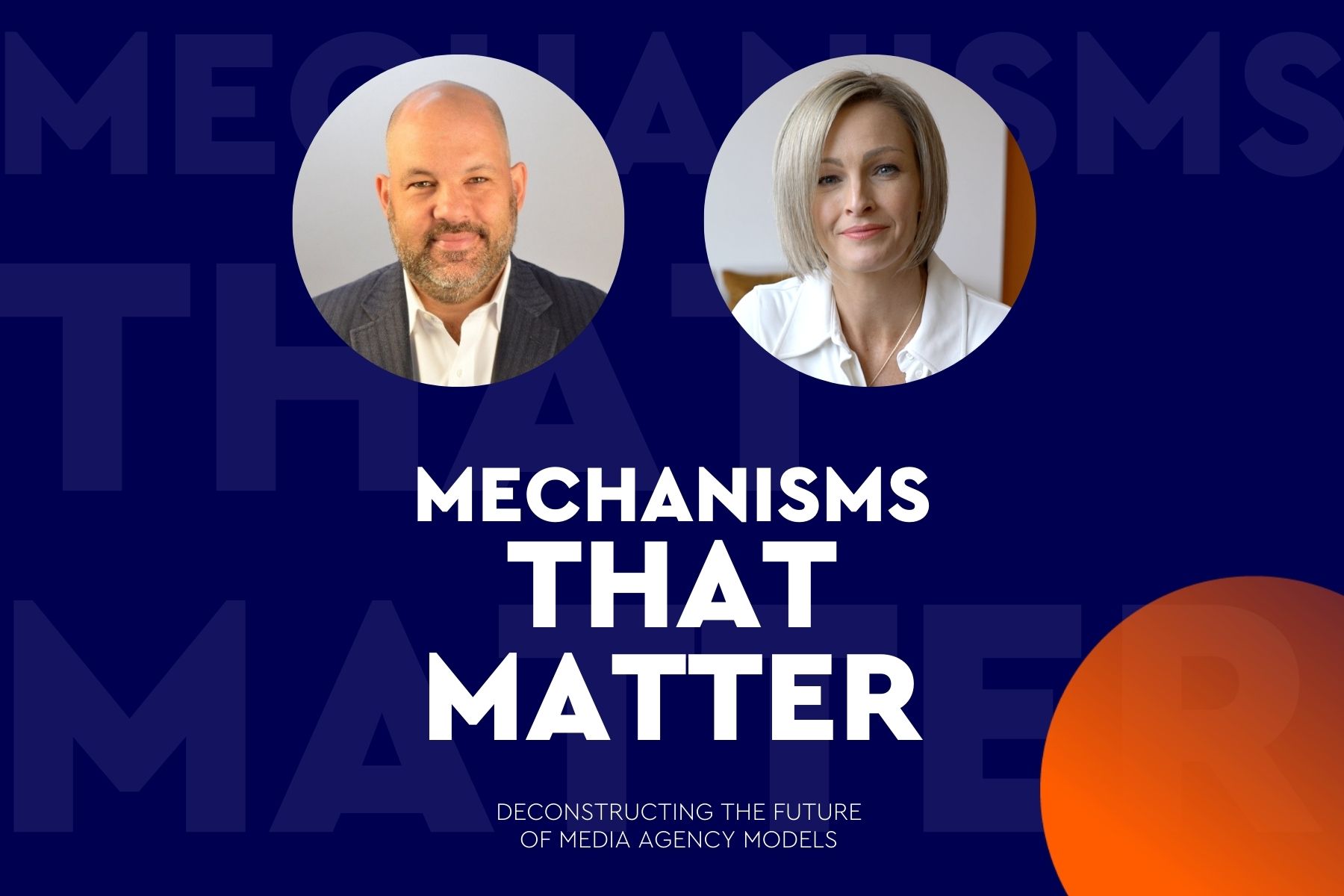
Mechanisms that Matter – Inside WPP | Ford’s revolutionary marketing model
How a process created on the factory floor over 70 years ago has transformed ops for the auto giant

How to build your brand in-game
A new research report from WPP and SuperAwesome

